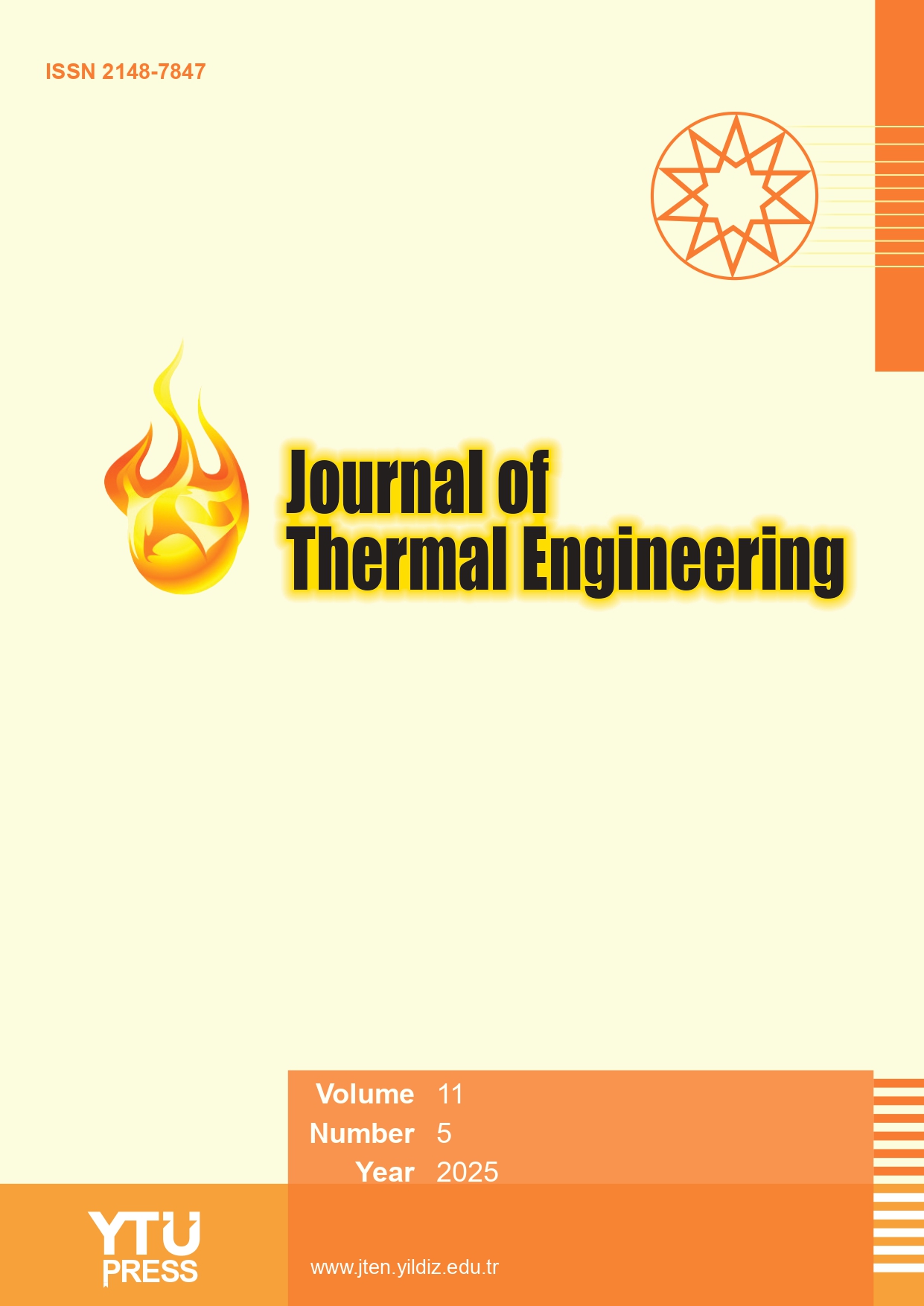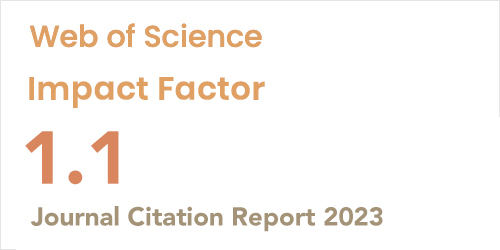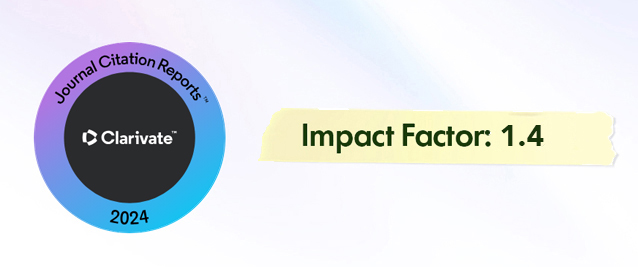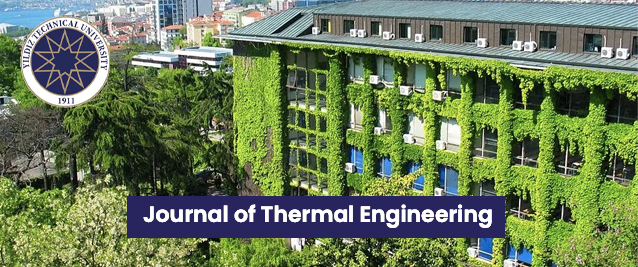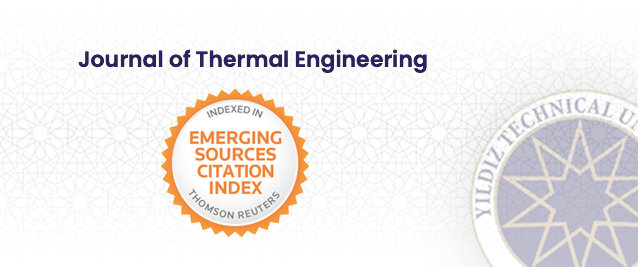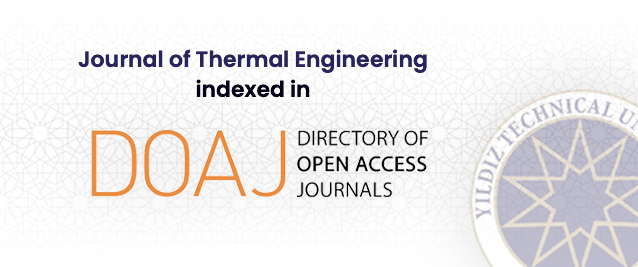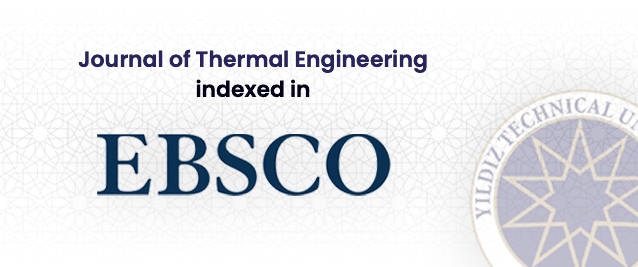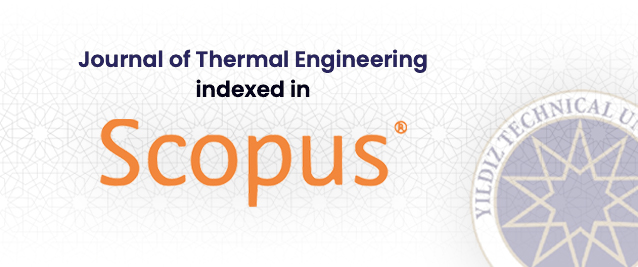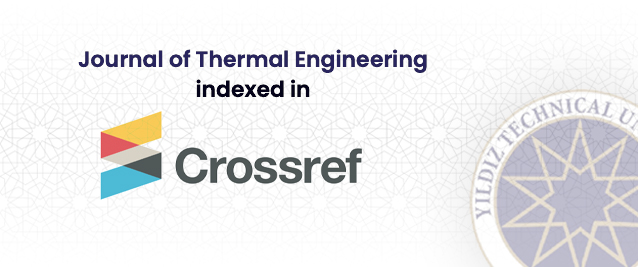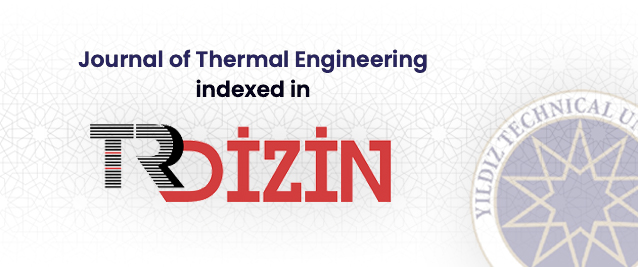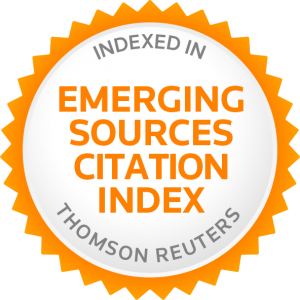2Research Centre for Energy Conversion and Conservation, BRIN, 10110, Indonesia
Abstract
The comprehensive study delves into the intricate realm of zeolite catalyst deactivation within
the context of biomass gasification, aiming to provide a thorough understanding of deactivation
mechanisms, innovative strategies for mitigation and regeneration, and potential
applications for deactivated zeolites. Key findings reveal reversible and irreversible deactivation
processes, heavily influenced by physical and chemical interactions with contaminants
such as nitrogen, sulfur, and heavy metals. Empirical data-driven mitigation strategies
showcase the effectiveness of metal modifiers like nickel and cobalt in reducing coke yield,
alongside novel approaches such as core-shell zeolite structures and the integration of redox
metal oxides to maintain catalyst basicity and stability. Moreover, successful regeneration
methods including thermal regeneration, chemical washing, and steaming demonstrate the
restoration of catalytic activity post-deactivation. Despite reduced efficiency, deactivated
zeolites exhibit promises in environmental remediation, achieving heavy metal removal
efficiencies surpassing 90%, and enhancing durability while reducing permeability in construction materials and concrete additives. Furthermore, the review emphasizes the necessity for refined strategies adaptable to diverse conditions, promoting sustainable catalyst utilization in biomass gasification and beyond. Key contributions highlighted include the identification of deactivation processes, recognition of pivotal factors affecting zeolite catalysts, validation of data-driven mitigation strategies, demonstration of novel approaches,
successful application of regeneration methods, and exploration of potential applications
for deactivated zeolites. These findings signify significant progress in addressing zeolite
catalyst deactivation mitigation and regeneration challenges and enhancing efficiency and
sustainability in biomass gasification technologies.


